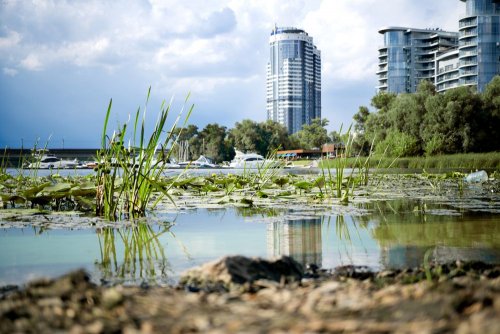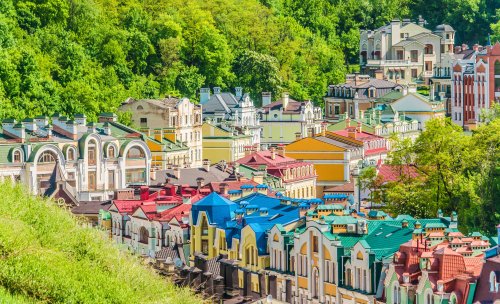Kyiv is planning to plant ornamental meadows in order to abandon regular grass mowing.
This was reported by the press service of the Kyiv City State Administration.
The practice of planting ornamental bows and refusing to mow is common in many European capitals. An important advantage is the creation of conditions for pollinating insects, which contributes to the conservation of biodiversity.
It is noted that the selected 39 locations in the capital provide for the natural growth of grass, and 17 sites are planned to use a mixture of grasses.
"We received a lot of positive feedback from the citizens of Kyiv, starting an experiment with the refusal of mowing and planting meadows in selected areas. This practice has taken root and not only creates attractive and aesthetic landscapes, but also contributes to the preservation of biodiversity. Such approaches in landscaping have a direct impact on environmental sustainability of the city. That is why we will continue to create areas with decorative meadows and areas without mowing this year. We will inform about new approaches in the landscaping of Kyiv with the help of special announcements on the ground," said Oleksandr Vozny, director of the Department of Environmental Protection and Adaptation to Climate Change. .
Yuriy Bakhmat, general director of the "Kyivzelenbud" cooperative, noted that the approach of natural grass growth is used mainly for city parks, while decorative meadows are planned to be planted at traffic intersections, distribution lanes and areas along highways.
"The city started an experiment on the European approach to biodiversity protection in 2023. This made it possible to create good conditions for the development of the city's ecosystem. Therefore, communal enterprises for the maintenance of green spaces will continue to plant meadows this year and refuse to mow in certain areas during the growing season," he added. Bakhmat
As EcoPolitic previously reported, in Khmelnytskyi, Bukovyna and Ternopil regions, the State Enterprise "Forests of Ukraine" planted about 5.8 million seedlings, covering an area of almost a thousand hectares. Of these, 55.2 hectares are new forests.





